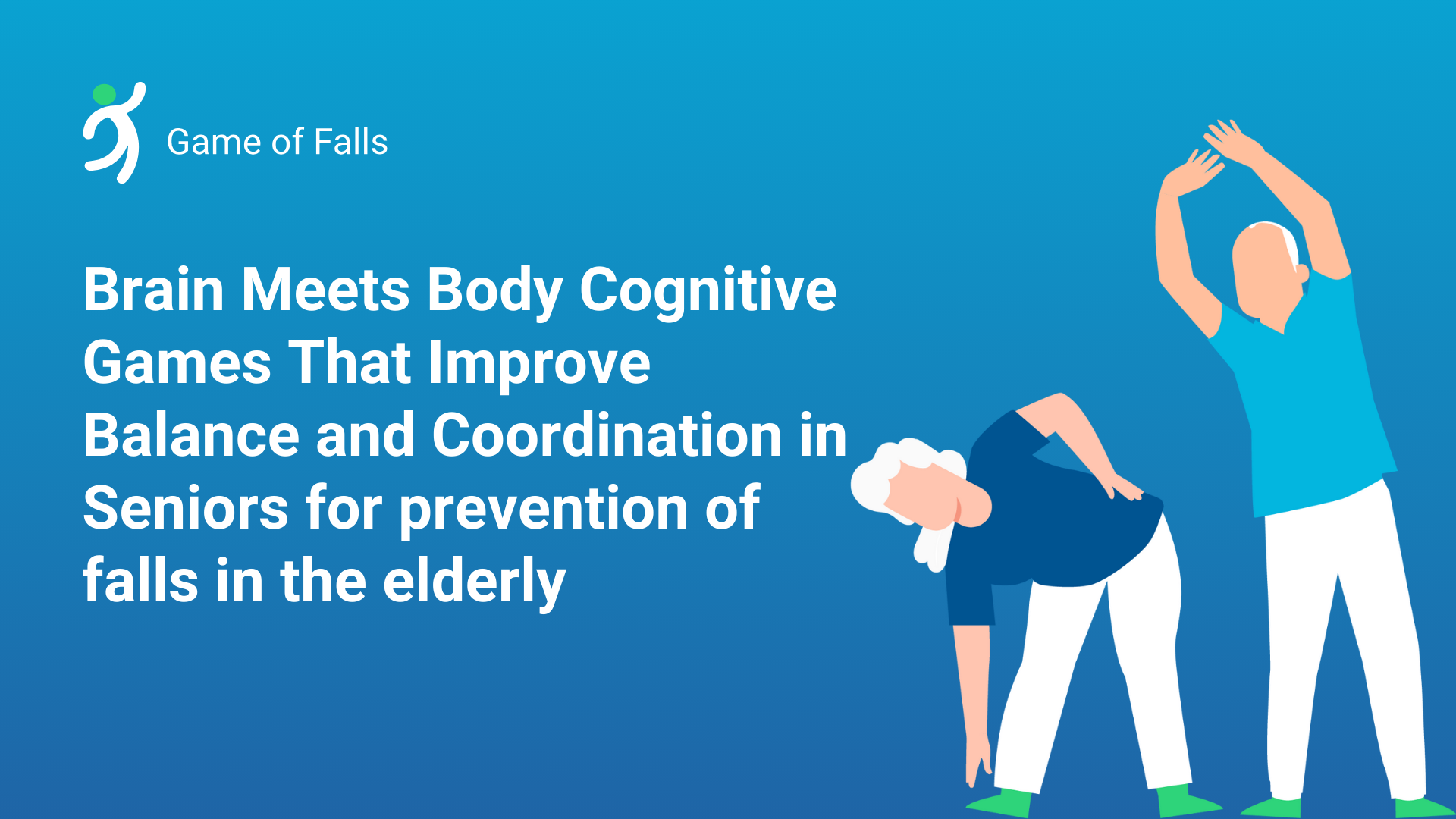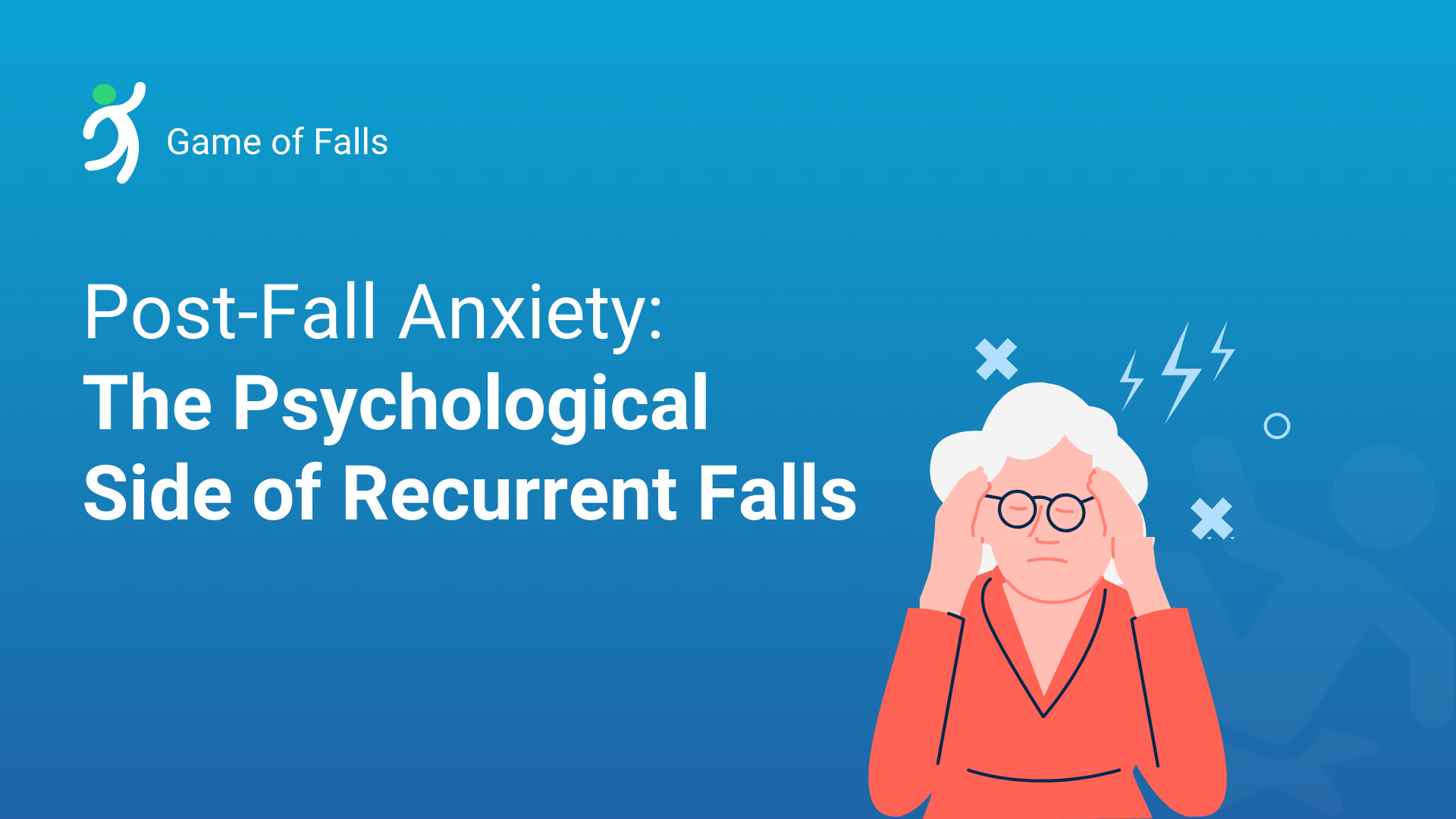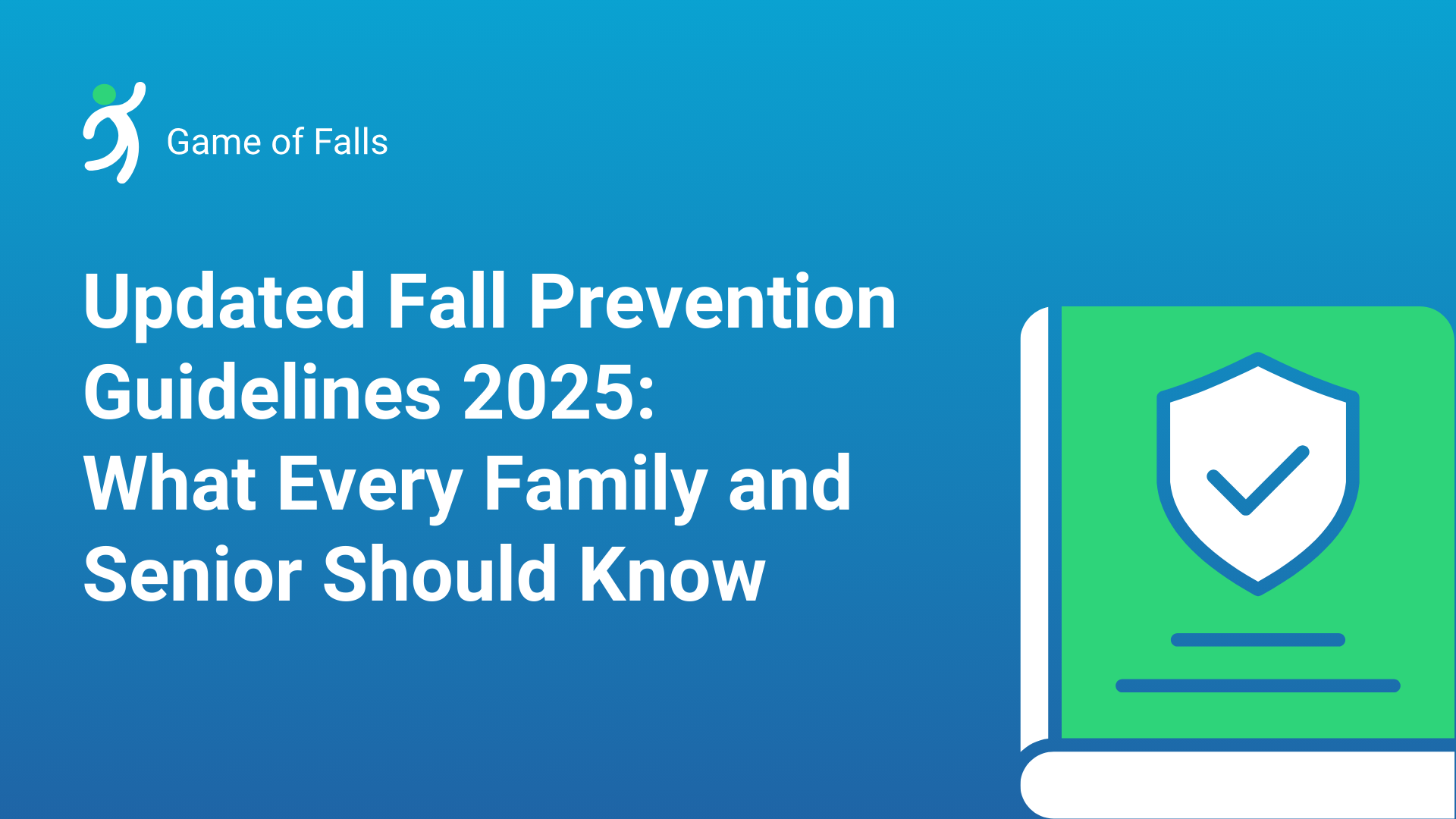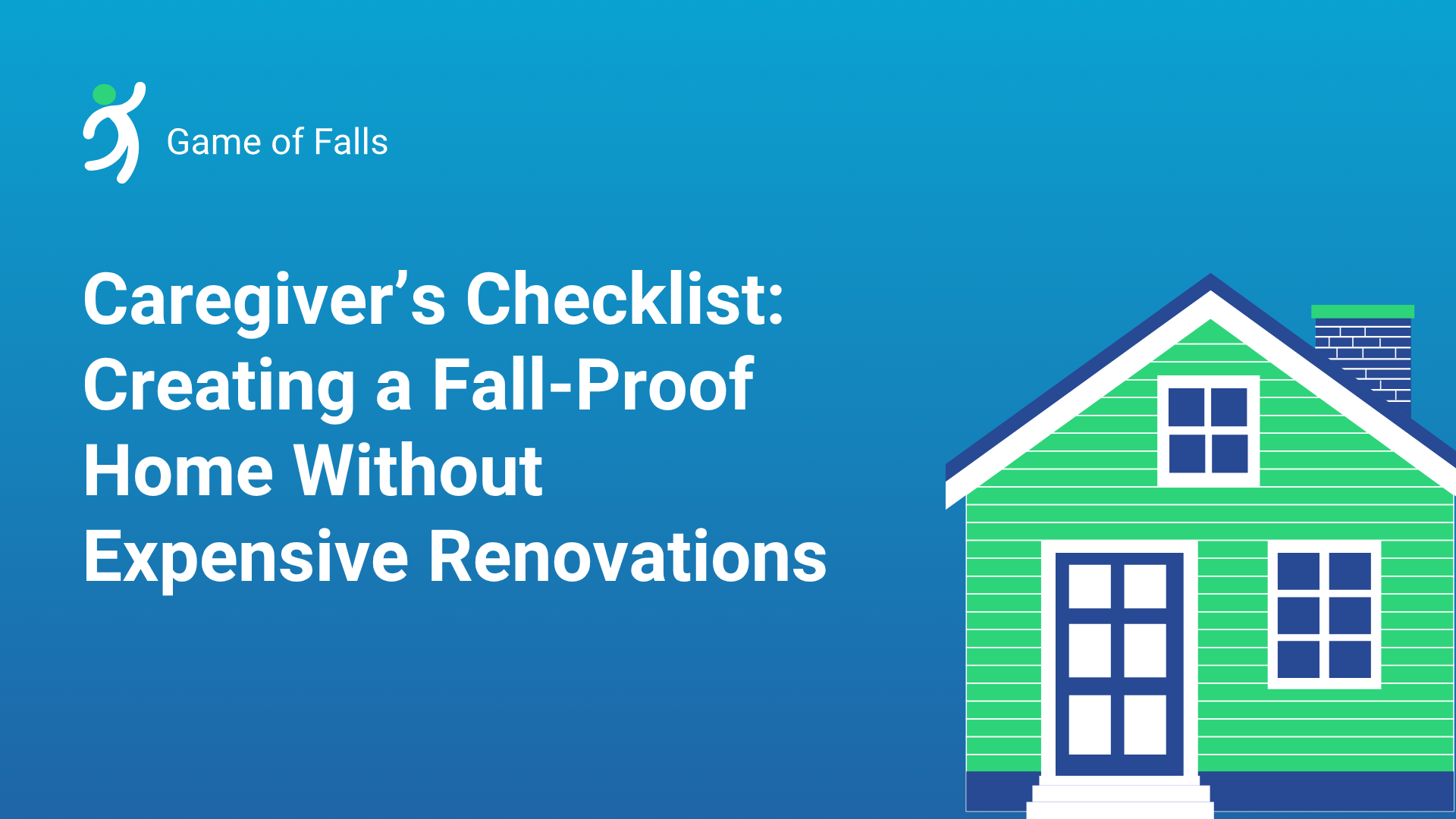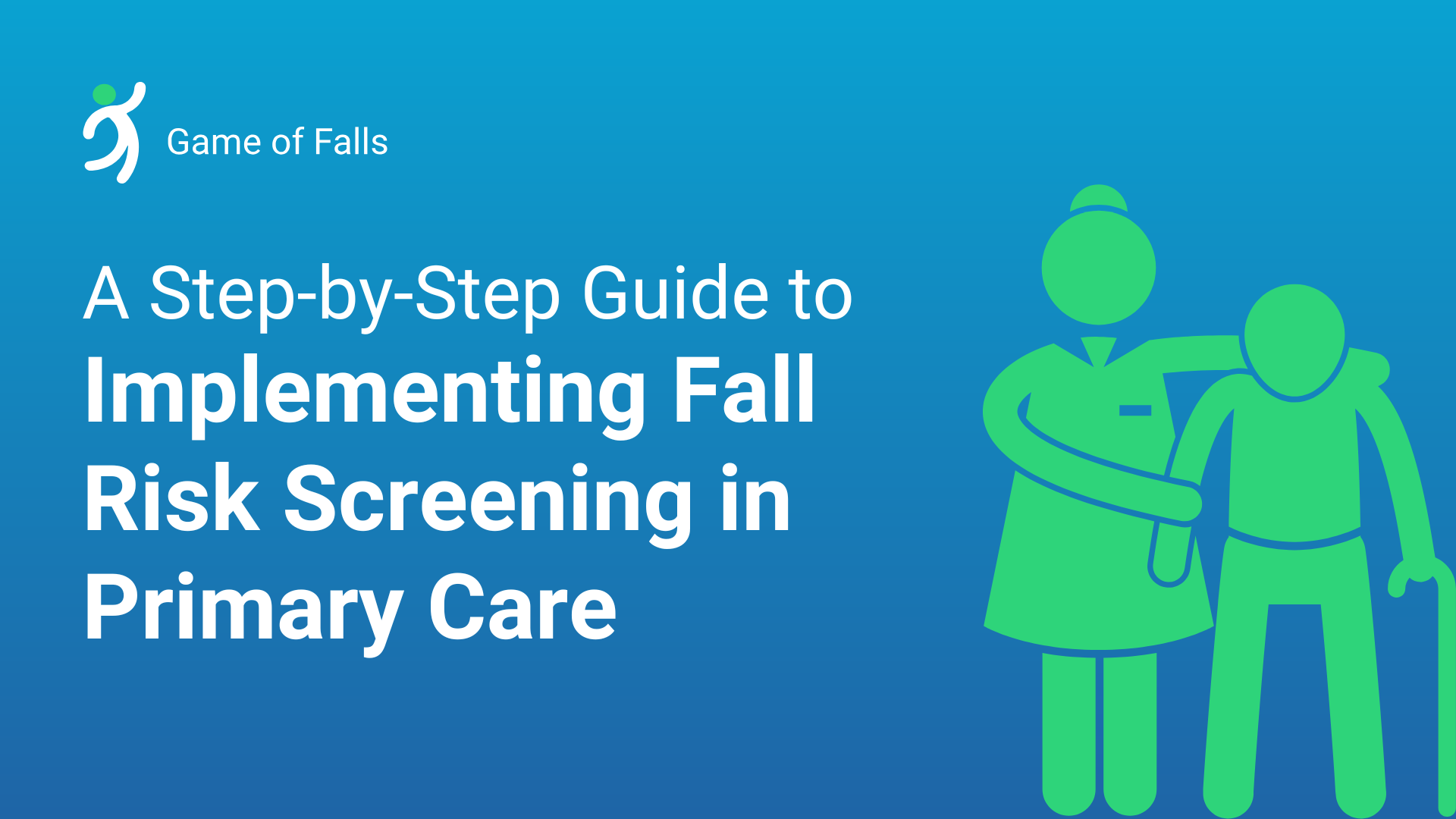
Falls are a big deal when it comes to health, bringing along a host of problems. It’s not just about the injuries you see right away; falls can set off a chain reaction of issues like reduced mobility, loss of independence, and a lower quality of life. Even with these serious consequences, figuring out who’s at risk for falls often gets overlooked in regular checkups.
This guide is here to help healthcare providers find handy ways to start effective fall risk screening in their practices. By incorporating these assessments into everyday care routines, providers can spot patients who need a bit of extra help sooner, take better action, and ultimately stop fall-related injuries that affect both the patients’ lives and healthcare resources.
Understanding the Importance of Fall Risk Screening
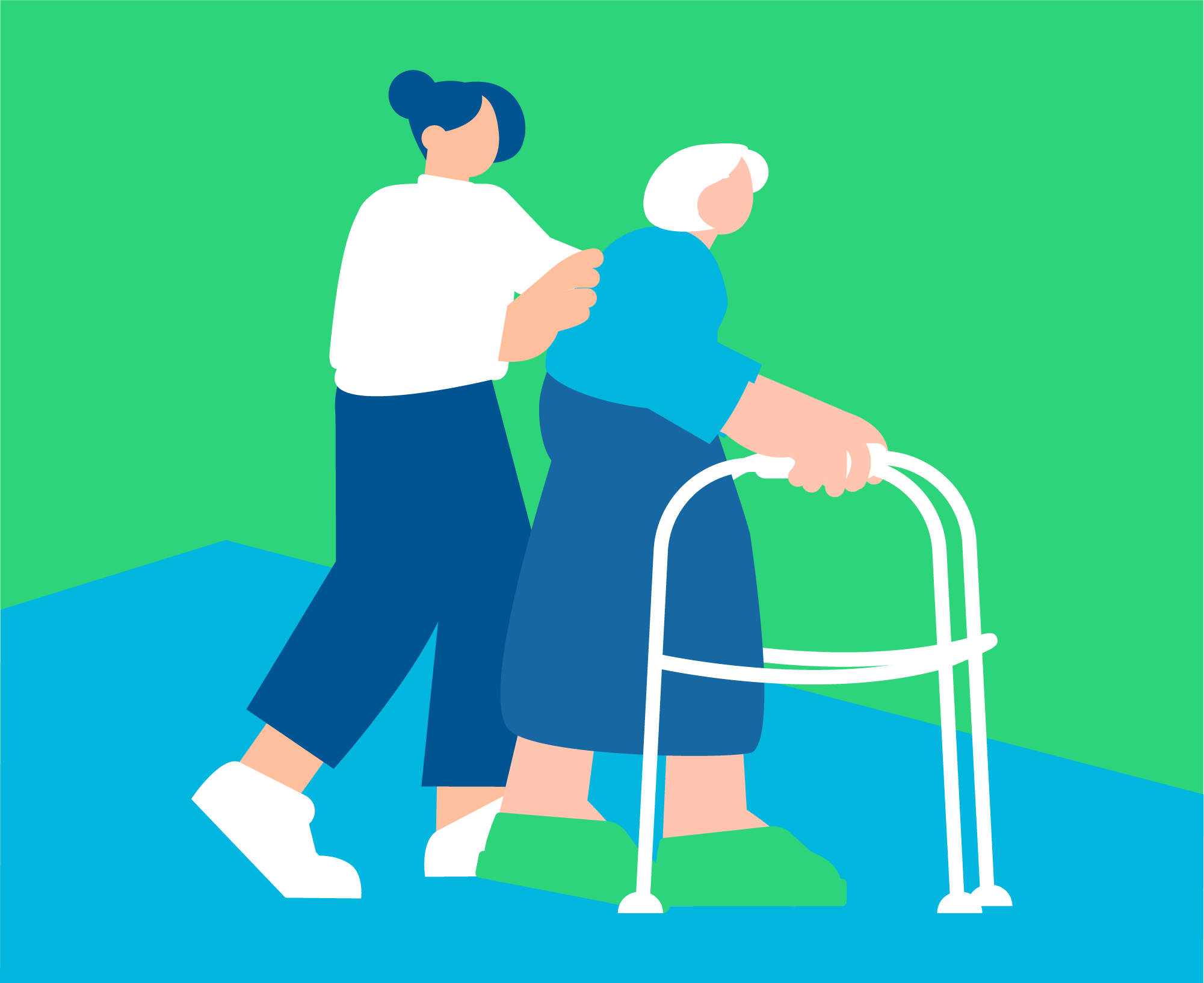
Falls are a significant public health issue, causing around 684,000 deaths worldwide each year. For adults over 65, it can lead to serious injuries like broken bones or head injuries. Additionally, falls also hit healthcare systems hard, racking up more than $50 billion in medical expenses each year in the U.S. alone.
The consequences reach farther, setting off a chain reaction of fear, less physical activity, and social isolation that speeds up the decline in overall health. Many individuals who fall end up scared of falling again, which can curtail their activities and, ironically, heighten their risk of future falls by making them less active.
Primary care providers hold a key role in tackling this issue. As the first healthcare professionals most people see, they have a unique chance to spot risk factors early on, before a fall happens. By implementing consistent screening, primary care practices can significantly cut down on fall incidents with timely interventions and appropriate referrals.
Identifying Patients at Risk
To effectively prevent falls, it’s crucial to know who’s most at risk. Here are some key factors:
- Age-Related Factors: Being older, especially over 65
- Medical Conditions: Conditions like Parkinson’s, arthritis, stroke, and dementia
- Medication Use: Taking medications like psychotropics and antihypertensives, and having multiple prescriptions (four or more)
- Functional Limitations: Issues with walking, balance, or muscle strength
- Sensory Deficits: Problems with vision or feeling in the feet
- Environmental Hazards: Issues like dim lighting, loose rugs, or the absence of grab bars
- Behavioral Factors: Having fallen before, being afraid of falling, or engaging in risky activities
Effective Assessment Approaches
When assessing fall risk, start with targeted questions during patient interviews about their history with falls, any close calls, and the situations leading up to those falls. The most telling question is quite straightforward: “Have you fallen in the past year?” If they say yes, follow up with inquiries regarding how often they fall, what happened, and what the outcomes were.
Besides asking questions, observing patients as they come into the exam room offers valuable insights. Pay attention to their walking style, their use of mobility aids, and how confident they seem as they move around. Often, these observations can uncover risks that patients might not mention themselves.
A thorough fall risk assessment should also involve reviewing their medications, especially those known to raise the chances of falling. This is a critical point for intervention, as adjusting medications can drastically lower the risk of falls.
Fall Risk Assessment Tools and Protocols

Validated Screening Instruments
Several research-backed tools can help identify fall risks systematically:
- Timed Up and Go (TUG) Test: This measures how long it takes for a person to get up from a chair, walk three meters, turn, return to the chair, and sit back down. A time of 12 seconds or more suggests a higher fall risk. The TUG test is popular due to its straightforward nature and strong predictive power.
- STEADI Algorithm (CDC): This thorough approach combines screening questions, functional assessments, and risk categorization. Its three-step method (screen, assess, intervene) offers clear guidance for making clinical decisions.
- Morse Fall Scale: Originally created for hospital settings, this adaptable tool assesses six risk factors and gives a total score that places patients into low, medium, or high-risk categories.
- Berg Balance Scale: This evaluates balance through 14 different activities, shedding light on specific balance issues that can help target necessary interventions.
Implementation Protocol
To get started, pick one standardized tool that fits your practice and patient demographic. Create standardized documentation templates in your electronic health record (EHR) system to ensure assessments are consistent and tracking fall risk over time is easy.
Assign specific team members, like medical assistants or nurses, to conduct screenings during the initial patient check-in. Set clear thresholds for when a positive screening should prompt a more detailed assessment by the physician.
Training Staff and Addressing Workflow Integration
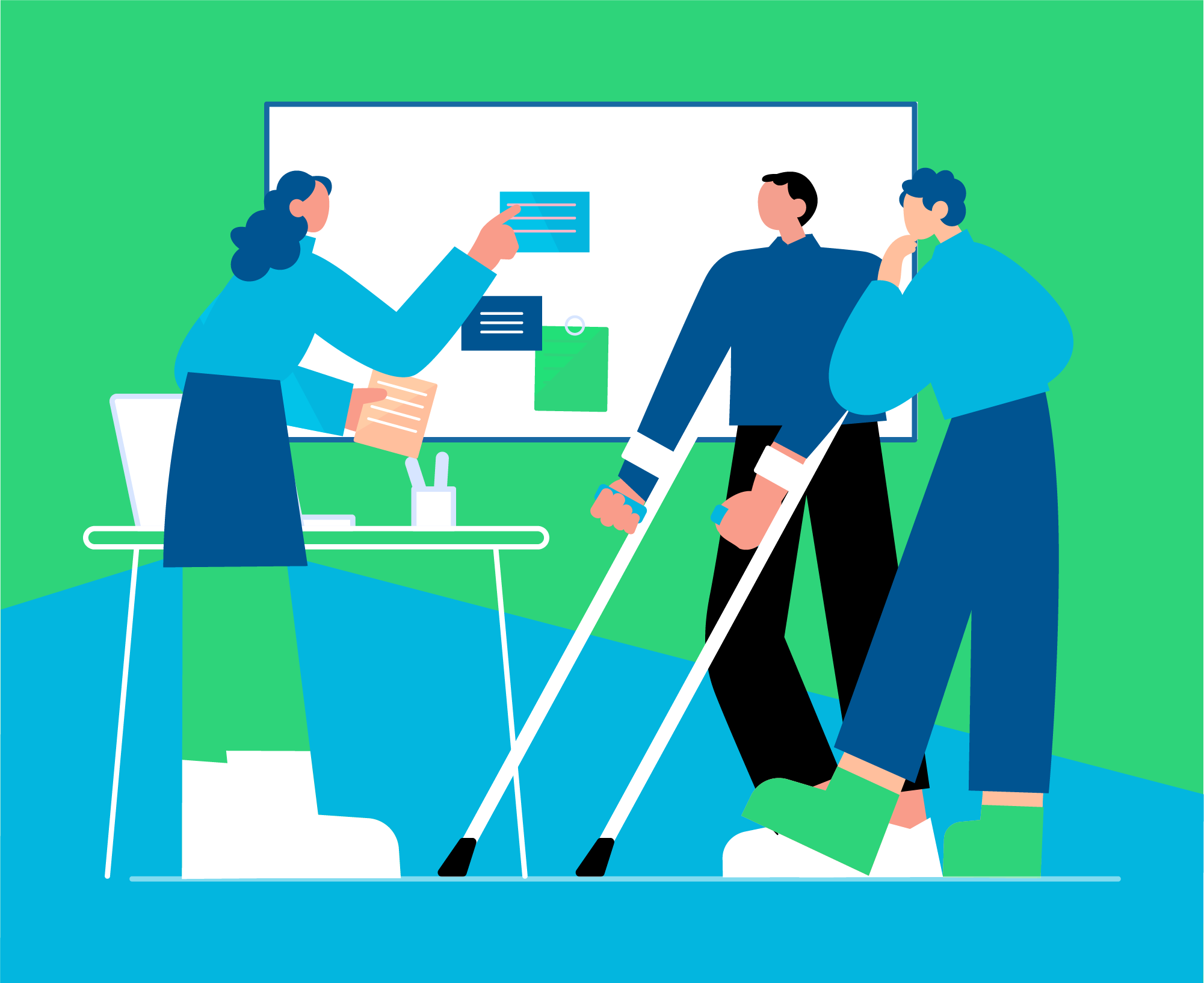
Building Team Skills
To put effective fall risk assessment into action, it’s crucial to invest time in staff training. This should cover:
- Hands-on demonstrations and practice of assessment techniques
- How to interpret screening results and keep accurate documentation
- Specific responsibilities for each team member in the screening process
- Tips for talking to patients about fall risk
You might also think about designating “fall champions” in your practice—these are team members who get extra training and can help support their colleagues during the rollout.
Workflow Integration Strategies
Instead of viewing fall risk assessment as just another task to squeeze in, try integrating it into what you’re already doing:
- Connect fall screenings to other routine preventive services, like annual wellness visits
- Use pre-visit planning to flag patients who should be screened based on their age or other risk factors
- Take advantage of your EHR system by using automated reminders and documentation templates
- Consider scheduling a bit more time for patients who need a thorough assessment
Interventions and Follow-Up
Turning Assessment into Action
For patients who are identified as high-risk, create clear intervention pathways:
- Medication Changes: Cut back or stop using high-risk medications and adjust dosages as needed.
- Physical Therapy Referrals: Send them to programs focused on strength and balance training.
- Home Safety Evaluations: Have occupational therapists assess their living space for hazards.
- Vision and Footwear Checks: Make sure they have proper vision correction and safe shoes.
- Vitamin D Supplements: For those who are deficient or at high risk for fractures.
- Chronic Disease Management: Optimize treatments for conditions that affect balance and mobility.
Creating Accountability
Set up a systematic follow-up protocol that includes:
- Regular reassessments scheduled at intervals that fit their risk level.
- Monitoring how well interventions are being followed and tracking outcomes.
- Keeping in touch with specialty providers involved in the patient’s care.
- Providing patient education materials and self-management strategies.
The most effective programs keep a registry of high-risk patients, enabling proactive outreach and monitoring between scheduled visits.
Conclusion
Adding fall risk screening into primary care offers a powerful chance to prevent serious injuries and help maintain patient independence. By following this structured approach—understanding its importance, recognizing at-risk patients, using validated tools, training your team, integrating into workflows, and creating effective interventions—primary care practices can greatly lower fall incidents among their patients.
The evidence is clear: regular fall risk assessments save lives, prevent suffering, and cut healthcare costs. The real question isn’t if your practice can afford to implement fall screening, but if it can afford not to.
Is your practice ready to take this important step toward comprehensive preventive care? Start by choosing a screening tool that fits your setting, training your team, and weaving assessments into your workflow. The resources below offer more guidance to help you on this journey.
Think of the brain as the conductor and the body as the orchestra. When they stay in rhythm, every step lands with confidence. Cognitive games train that rhythm by blending thinking with movement. You learn to notice hazards, choose safe actions, and move with intent. Cognitive training supports attention, memory, and decision speed. These skills […]
The conversation about falls in the elderly often revolves around physical injuries, but there’s another side to this story: the silent, creeping fear that can tiptoe into seniors’ lives post-fall. This anxiety does more than cloud the mind; it can withdraw a person into a shell of inactivity and solitude, paving the way for more […]
Falls among older adults remain a top public health concern in the United States. They cause serious injuries, loss of independence, and even death. To address these challenges with fresh focus and innovation, the US has introduced updated Fall Prevention Guidelines in 2025. These new recommendations offer families and seniors actionable strategies to prevent falls […]
For many seniors living in the U.S., home isn’t just a place; it’s a feeling. Until a fall happens. Falls can be a huge deal for older adults, and they’re actually the top cause of injuries in this age group. The good news, though, is that most of these tumbles happen at home, and with […]

